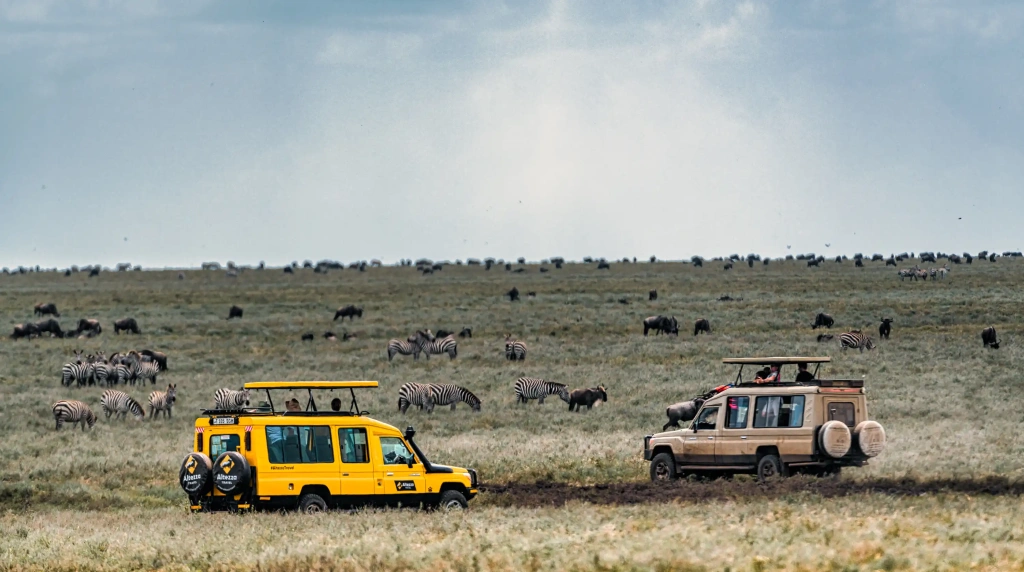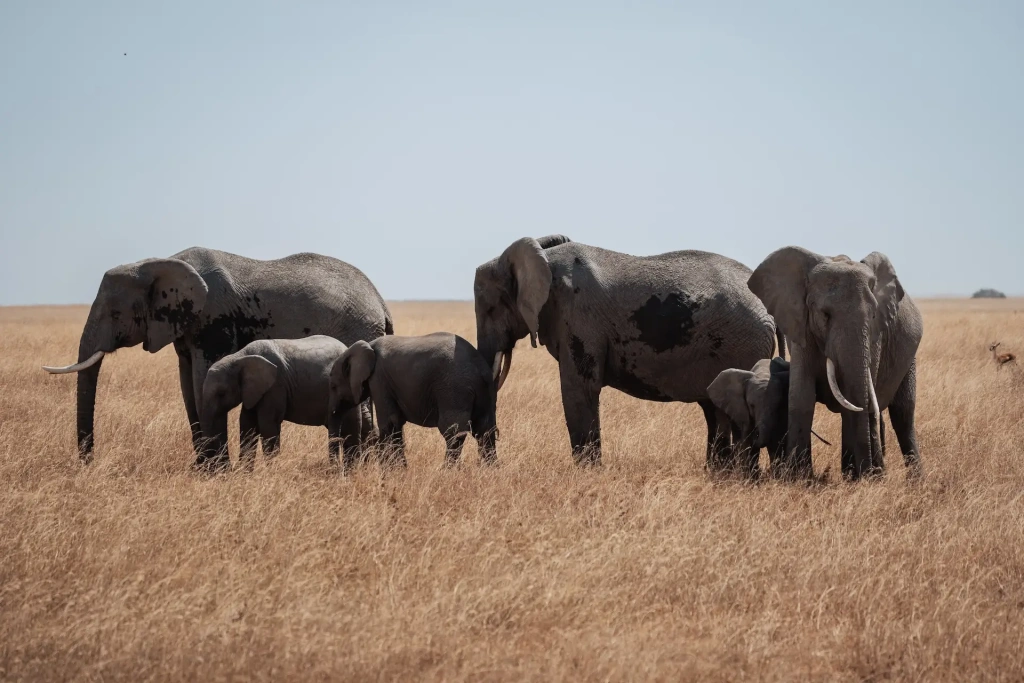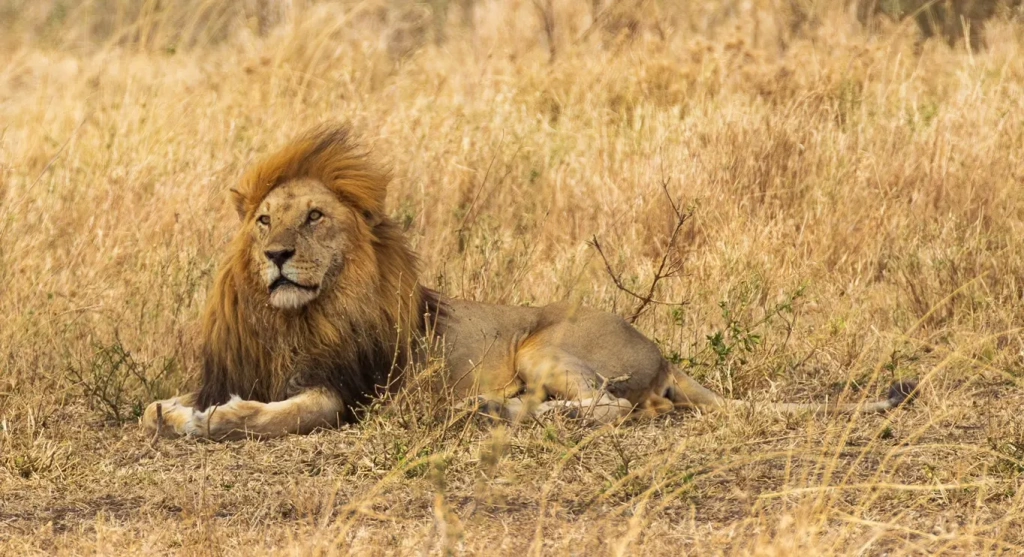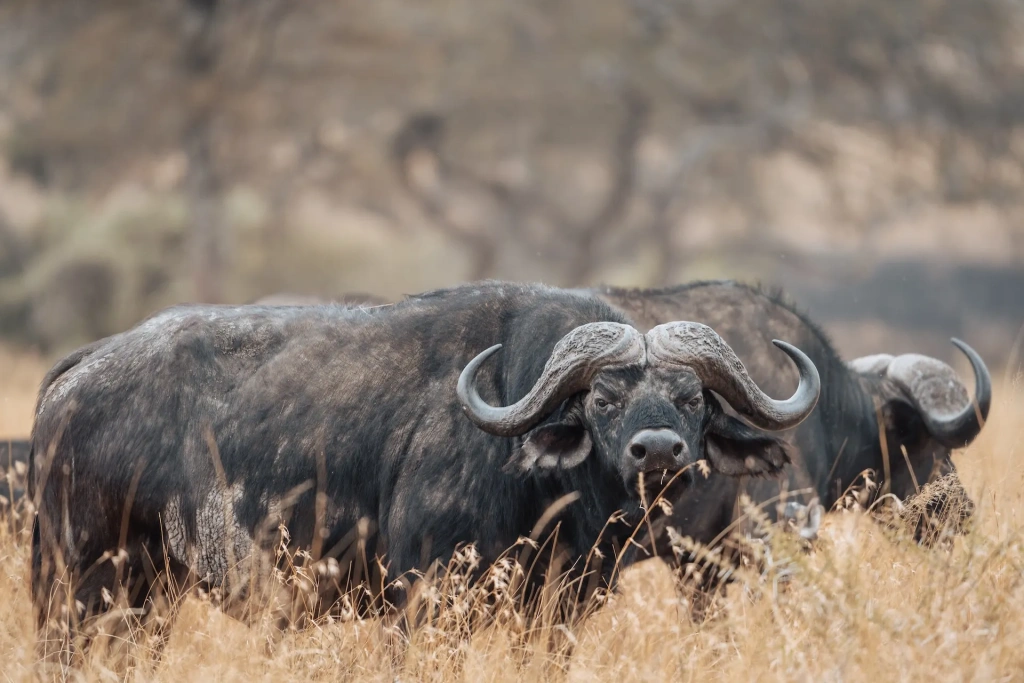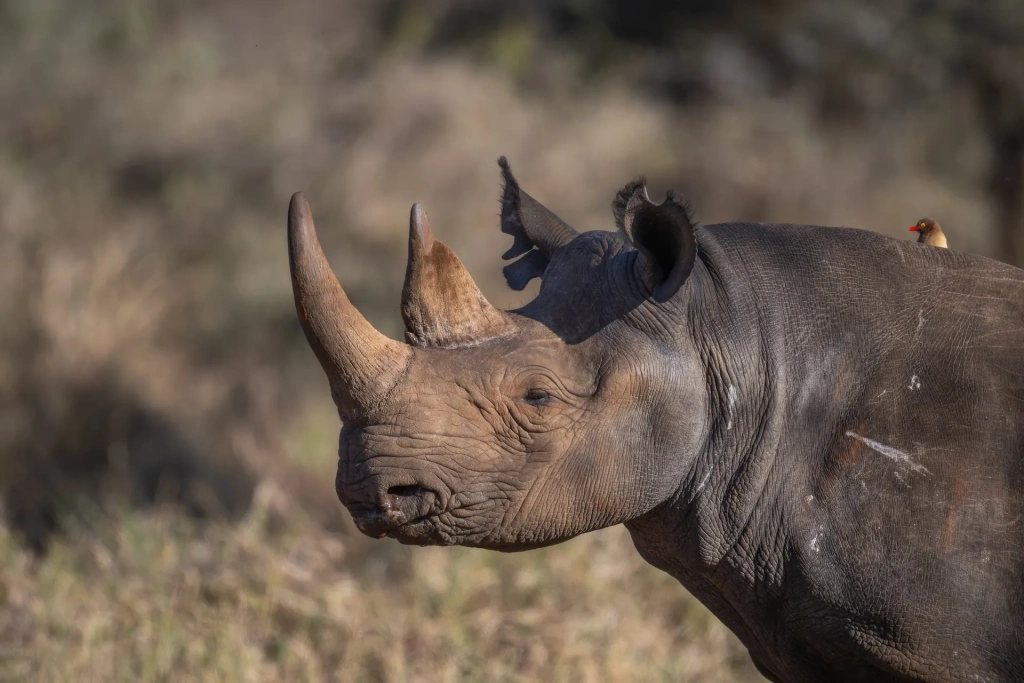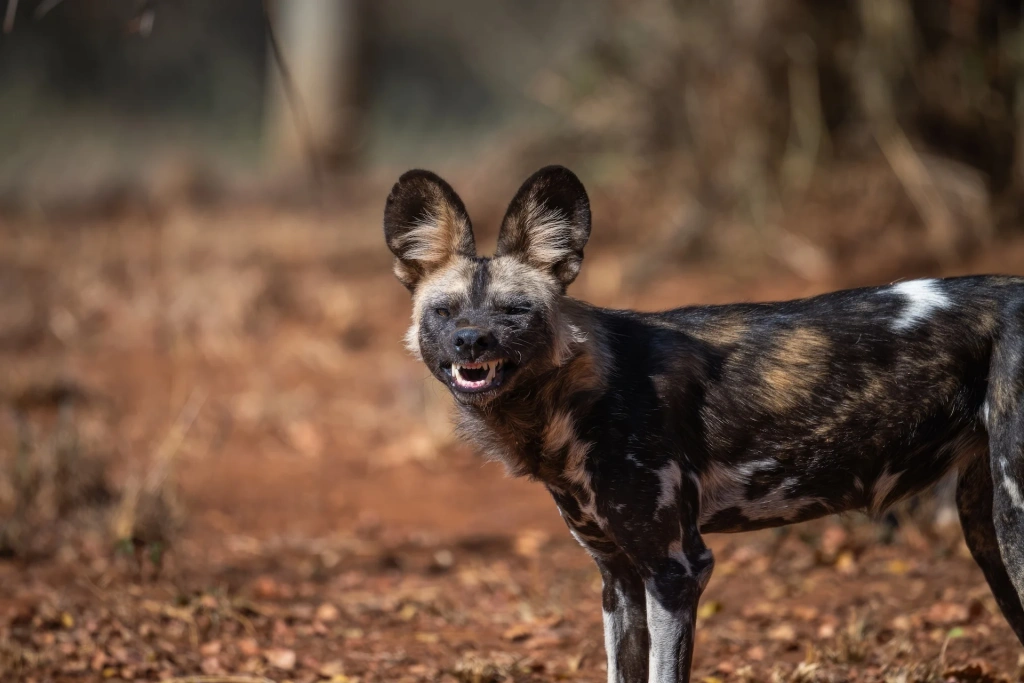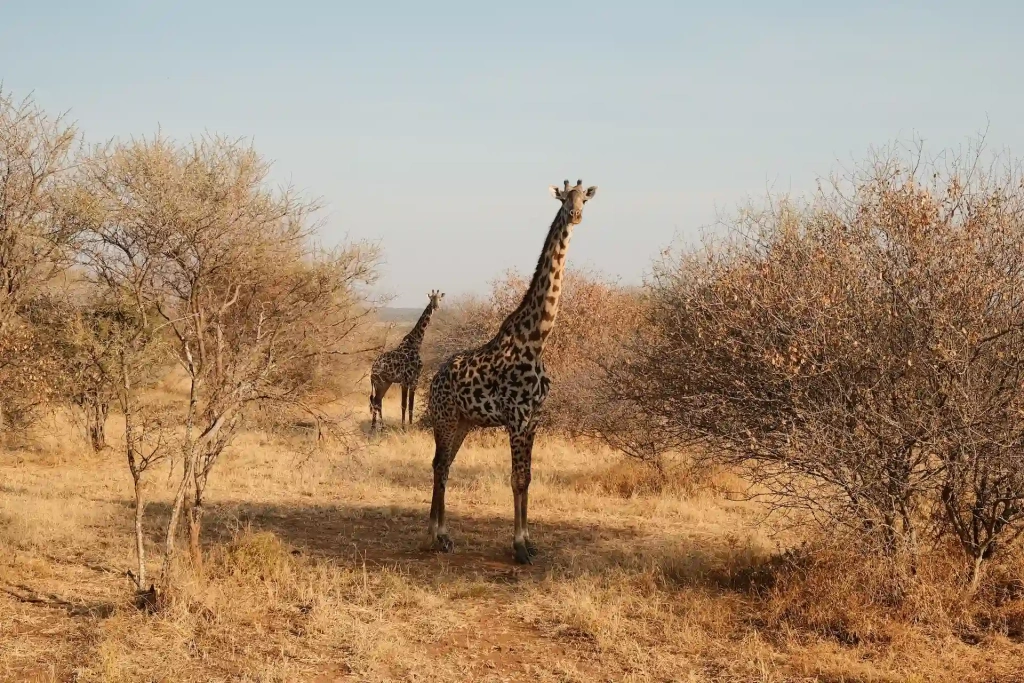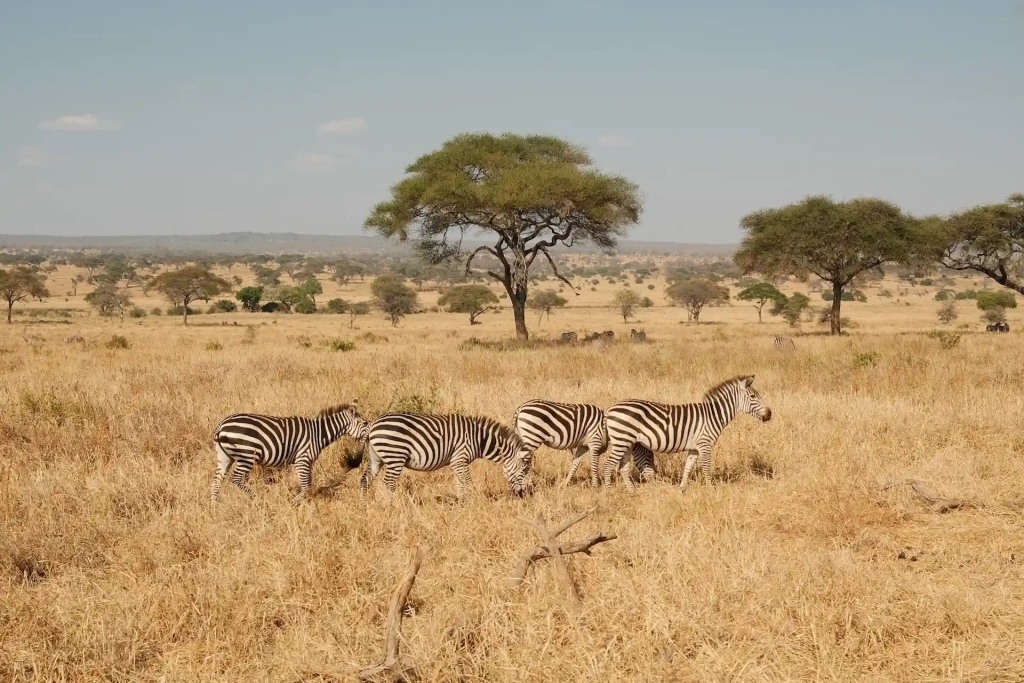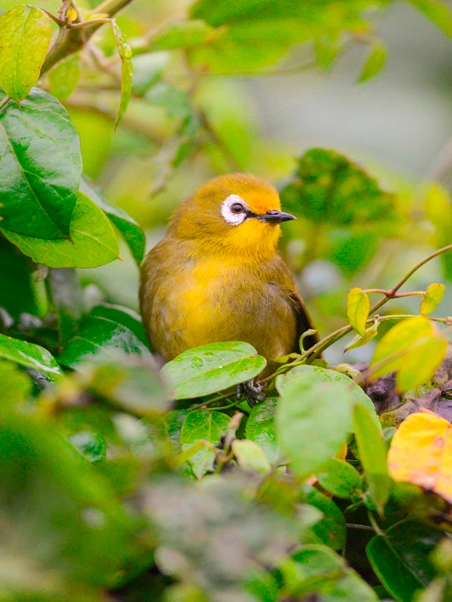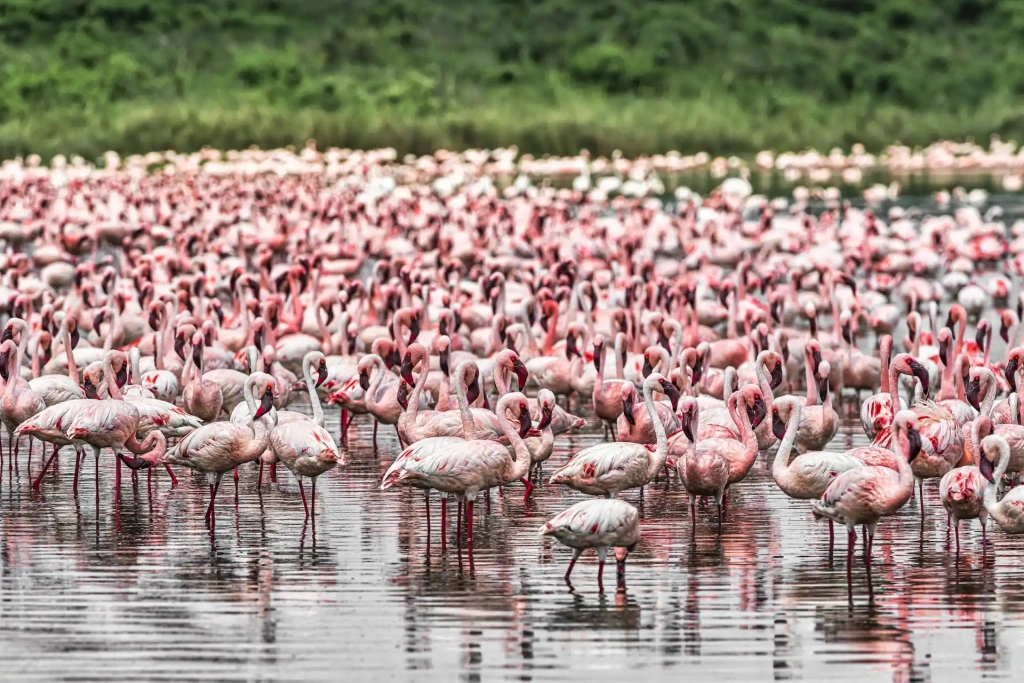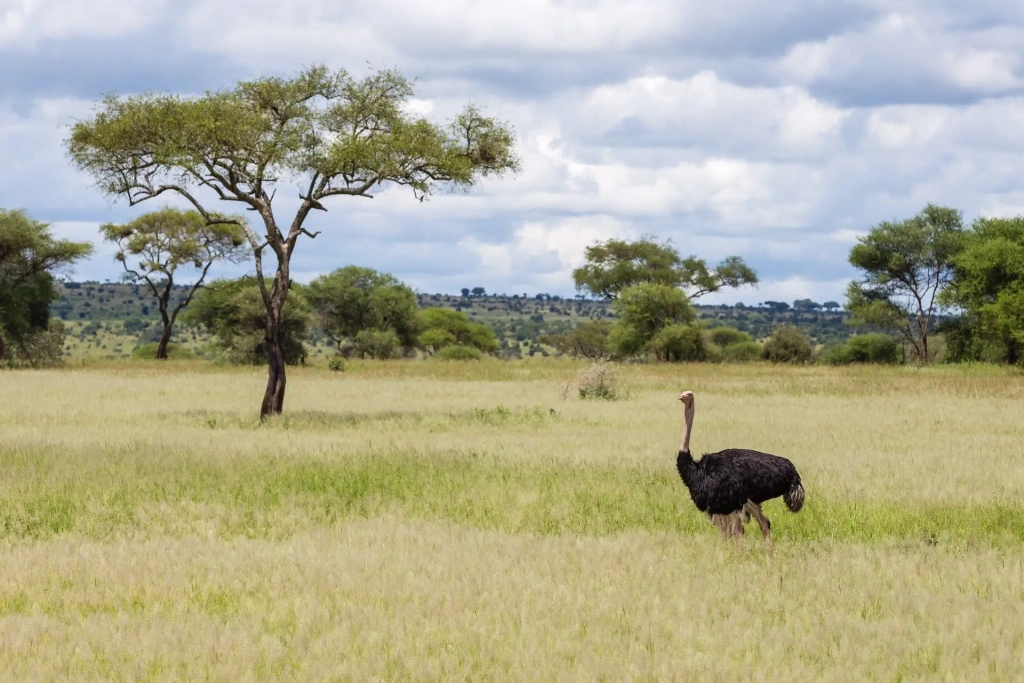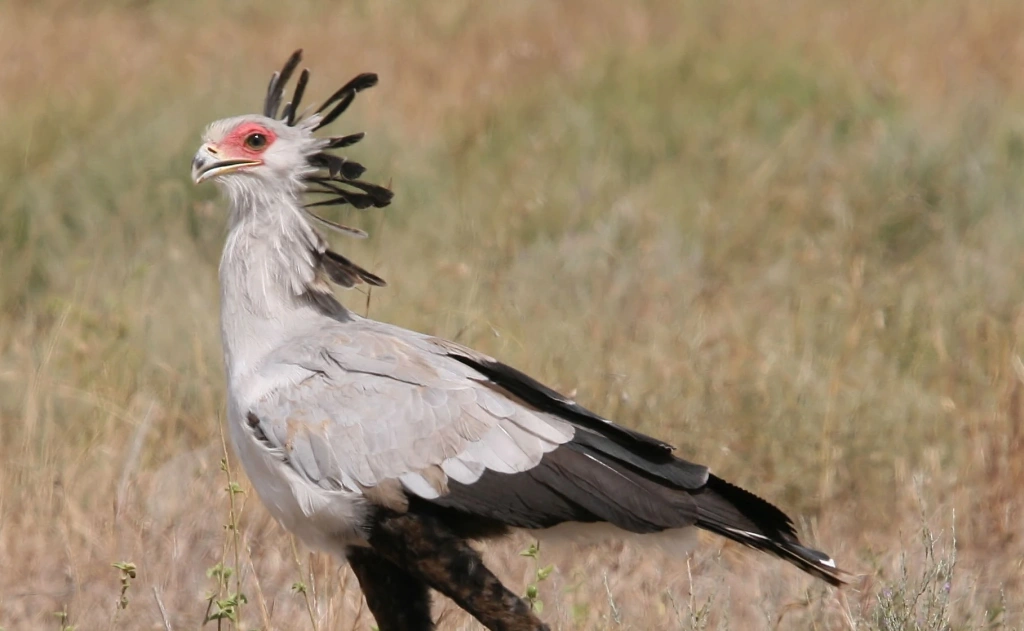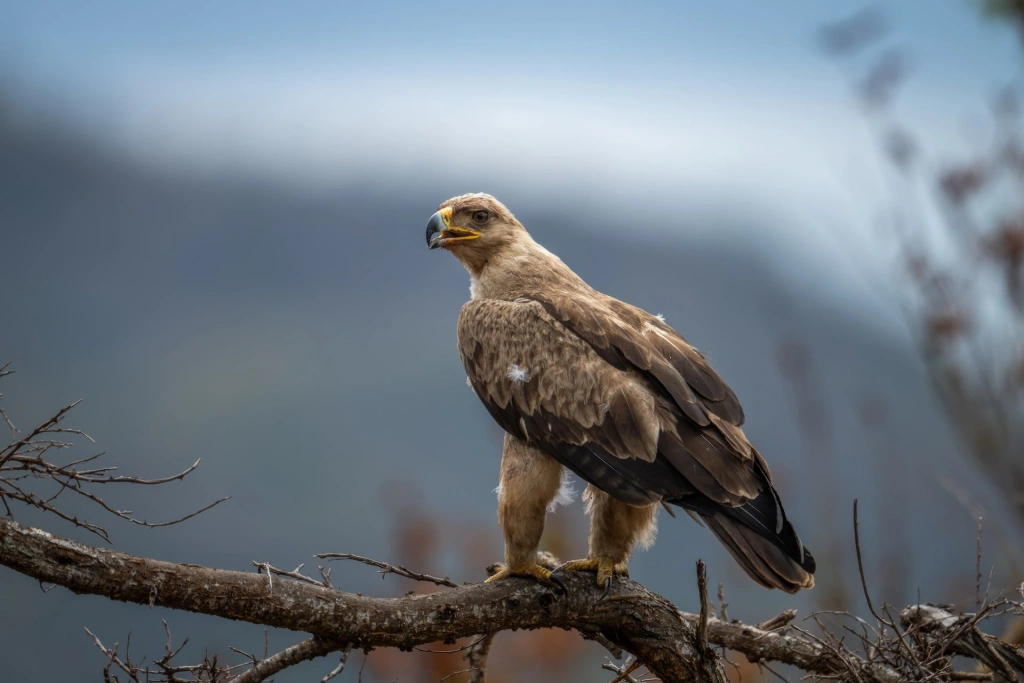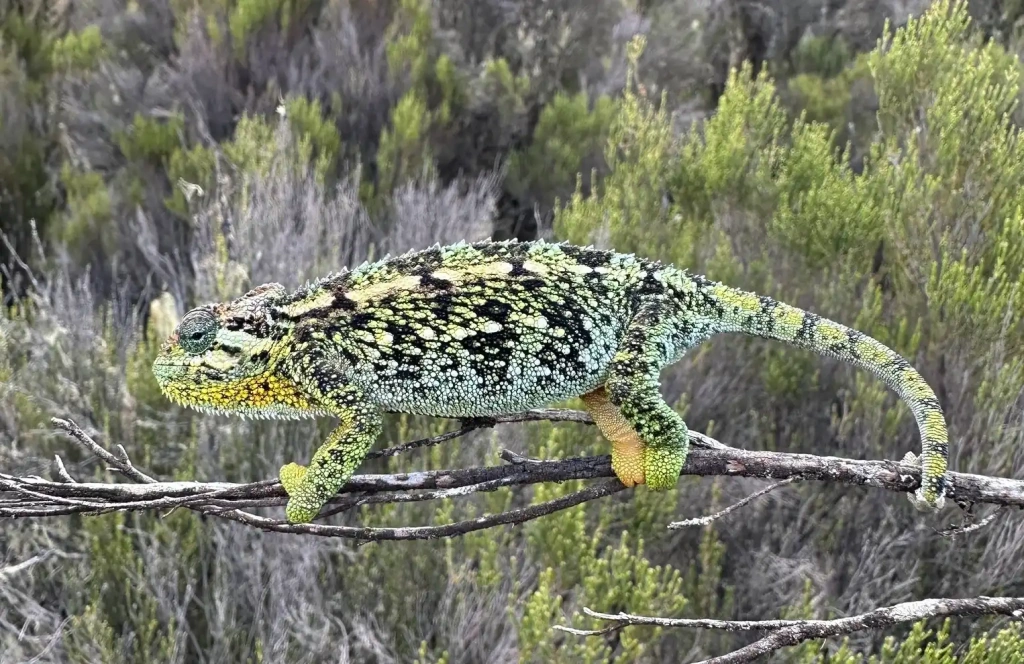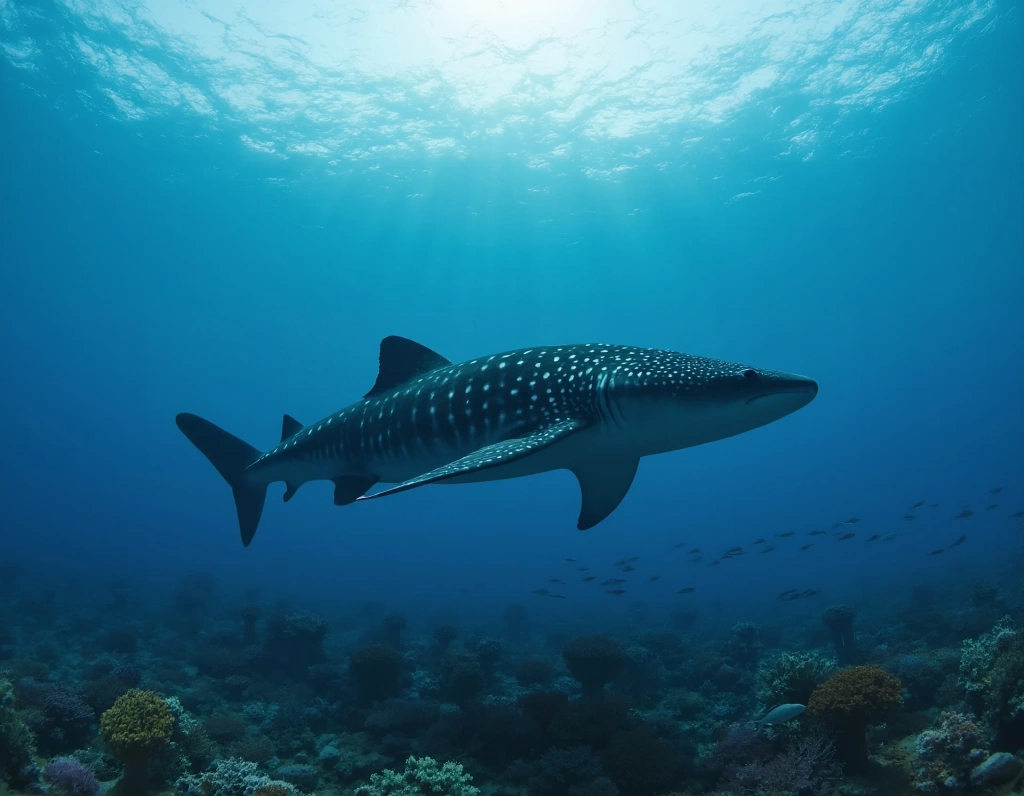Tanzania is widely regarded as the world’s top safari destination. It boasts over 20 national parks and 30 conservation areas, home to several million large mammals, even by conservative estimates. This exceptional biodiversity is a result of Tanzania’s unique geographic location and varied climate zones, which span from the high-altitude peaks of Kilimanjaro and Meru to expansive savannas, deep lakes, tropical forests, and coastal ecosystems along the Indian Ocean and the Zanzibar Archipelago.
As a result, Tanzania hosts some of the most iconic and diverse wildlife in Africa. Visitors can encounter an extraordinary range of species — from the famed Big Five to massive crocodiles, whales, and rare birds. Discover more about Tanzania’s remarkable wildlife in this Altezza Travel article.
The Big Five animals in Tanzania
The Big Five includes the lion, leopard, rhino, elephant, and buffalo. Originally, hunters used this term to describe the five most difficult and dangerous animals to hunt. Today, the Big Five has become the ultimate symbol of African safaris.
African savanna elephant
African elephants are among the Big Five Tanzania animals. They are the largest land animals on Earth, reaching 5000–6000 kg (11,000–13,200 lbs) in weight and up to 3.5 m (11.5 ft) in height. Their average lifespan is 50–70 years. Elephants live in matriarchal social structures, where the oldest and most experienced female leads the herd to water sources and areas with lush vegetation. Each adult elephant consumes 150–200 kg (330–440 lbs) of plant-based food daily. This includes grass, leaves, branches, and bark. As key landscape architects of the savanna, elephants shape their environment by clearing vegetation, creating pathways, and dispersing seeds, contributing to the ecosystem’s balance.
In the mid-20th century, there were several hundreds of thousands of African elephants in Tanzania, but poaching and deforestation led to a drastic decline in their population. In 1976, the Wildlife Conservation Society estimated the population to be 300,000, but by 2014, it had dropped to just 40,000. Over the past decade, thanks to international environmental initiatives and funding, it has recovered to about 60,000.
Lion
The lion is the second-largest big cat after the tiger. Lions have a unique social structure among big cats. They live in prides of up to 40 individuals. Lionesses primarily raise cubs and hunt. Males also participate in hunts, but less frequently, usually when targeting large prey.
According to World Population Review, Tanzania is home to approximately 14,500 lions, making it the global leader in lion population. The biggest threats to lions remain conflicts with farmers and habitat loss.
Leopard
One of the most elusive large predators, leopards are exceptional climbers and often carry their prey into trees to protect it from hyenas and lions. Leopards prefer a solitary, nocturnal lifestyle, making them difficult for tourists and researchers to observe. Because of their secretive nature, accurate population estimates are hard to obtain.
A 1987 study referenced in the 2002 Convention on International Trade in Endangered Species estimated Tanzania's leopard population at 39,000, which remained a widely accepted number in the early 21st century. Since then, according to the Wildlife Conservation Society, leopards have disappeared from nearly 40% of their African range and may soon be classified as a vulnerable species.
In 2023, the Tanzania Wildlife Research Institute announced plans to launch a census of leopards and cheetahs in the country. Initial results were expected in 2024, but as of this publication, they have not yet been released.
African buffalo
A large and powerful hoofed mammal, weighing 700–800 kg (1,540–1,760 lbs) or more. Their distinctive horns form a shield-like structure on the forehead, curving upward at the tips. Buffaloes live in herds, where females and calves often remain together, while adult males sometimes form smaller, separate groups.
In Tanzania, buffaloes are among the most numerous large herbivores. According to the World Wildlife Fund, there are over 190,000 buffaloes in the country. These Tanzania herbivores are highly valued as trophies, but only in designated legal hunting areas, not due to poaching. Hunting is strictly prohibited in Tanzania national parks. Altezza Travel strongly opposes the hunting of any animals and participates in wildlife conservation programs across Tanzania.
Black rhino
In the 20th century, Tanzania’s black rhino population plummeted from several thousand to just a few hundred individuals, as rhino horn became highly sought after on the black market. This led to mass extermination due to poaching in the 1970s and 1980s.
Today, black rhinos are under strict protection by the government and international conservation organizations. Thanks to the black rhino conservation program, their population has grown from 161 individuals in 2019 to 253 as of December 2023.
Black rhinos feed on branches and leaves from shrubs. They typically inhabit dry landscapes. Nevertheless, they visit watering holes daily, spending hours lying in mud near the shore. They are highly territorial, remaining within the same area even during droughts. Unlike white rhinos, black rhinos lead a solitary lifestyle. If you see a pair, you can be certain it is a mother and her calf.
Other mammals
Cheetah
Cheetahs are renowned for their ability to reach speeds of 100–120 km/h (62–75 mph) over short distances (300–500 m / 984–1,640 ft). Their light body mass (40–65 kg / 88–143 lbs), elongated build, and flexible spine allow them to make sharp turns while pursuing swift-hoofed animals. Their typical prey includes Thomson's and Grant's gazelles, as well as young wildebeest and zebras.
Recent estimates suggest that 1,500–2,000 cheetahs inhabit Tanzania. It has one of the highest populations compared to other countries. While cheetahs are generally considered solitary animals, small groups are occasionally observed in the wild.
Spotted hyena
The spotted hyena is the largest and most numerous member of the hyena family. Despite the common misconception that hyenas are just scavengers, research shows they often hunt alone or in groups, successfully competing with lions for prey. Hyenas have a matriarchal social structure. They live in clans led by dominant females, who are often larger and more aggressive than males.
Spotted hyenas are widely distributed across Tanzania’s major parks. Their population is considered stable. Therefore, no detailed census of the species has been conducted in the country. Also, the spotted hyena is one of the Serengeti animals. In the Serengeti ecosystem, rough estimates suggest 7,000–8,000 individuals.
African wild dog
They are one of the most socially organized predators. The wild dog packs typically consist of 6 to 20 individuals, each with a unique spotted coat. Usually, only the dominant pair reproduces. The rest of the pack helps care for the pups. Their hunting success rate is exceptionally high (70–80%), as they pursue prey collectively, employing strategic maneuvers.
Today, the African wild dog is on the list of endangered animals in Tanzania. This is primarily due to habitat destruction and diseases such as rabies and distemper, transmitted by stray dogs. Once widespread across the continent, they are now found only in remote areas of East and Southern Africa. Their population is estimated at just a few thousand individuals. In Mkomazi National Park, near Moshi, a conservation program is underway to restore their population.
Giraffe
It is the tallest land animal. Adult giraffe males reach 5.5–6 m (18–20 ft) in height and weigh 800–1,200 kg (1,760–2,640 lbs). Tanzania is home to the Masai giraffe, distinguished by its irregular, jagged spots. It differs from the smoother patterns of other subspecies. Giraffes primarily feed on acacia leaves and other trees, using their 45 cm (18 in) long tongue to strip foliage.
The Masai giraffe was depicted on the flag of Tanganyika (the country’s name before independence) and is now Tanzania’s national symbol, protected by the government. However, this Tanzanian animal species faces threats from poaching and habitat loss, placing it at risk of extinction. According to the International Union for Conservation of Nature (IUCN), the giraffe population has declined from 70,000 to 35,000 individuals over the past three decades.
Zebra
Zebras are widely distributed across Tanzania’s savannas. Each zebra has a unique stripe pattern, though the differences may seem invisible to the human eye. Their stripes are believed to protect against biting insects and confuse Tanzania predators. When a herd runs, the shimmering effect of their stripes disorients lions, hyenas, and wild dogs.
In Tanzania, large populations of plains zebras form the core of the Great Wildebeest Migration, alongside other antelopes and gazelles. According to UNESCO, the Serengeti-Masai Mara ecosystem hosts up to 300,000 migrating zebras year-round.
Wildebeest
The driving force behind the Great Wildebeest Migration involves around two million individuals. This species plays a crucial role in the ecosystem. Their droppings fertilize the soil, and they serve as a primary food source for Tanzania predators and scavengers. They typically graze in herds of up to 500 individuals.
There are over 35 species of antelopes and related animals in Tanzania. Among the most common animals in Africa are graceful impalas, which form large herds. Thomson’s and Grant’s gazelles are cheetahs’ preferred prey, due to their abundance and smaller size. Other species include waterbucks, oryx (gemsbok), bushbucks, kudus, and topis. They all contribute to the food chain by sustaining predators.
Hippopotamus
It is a large herbivore, weighing 1500–3000 kg (3,300–6,600 lbs). Despite their massive size, hippos can reach speeds of 30 km/h (19 mph) over short distances. They aggressively defend their territory. It makes them one of Africa’s most dangerous large animals.
The global hippo population is estimated at 125,000–148,000 individuals. It rose from 115,000–130,000 in 2017. Notwithstanding this gradual growth, hippos remain a vulnerable species. Tanzania hosts one of the largest hippo colonies, with around 20,000 individuals.
Other animals in Tanzania
The wildlife in Tanzania is fascinating, including the warthog. It is a wild pig with distinctive facial warts and curved tusks. On the Tanzania safari, warthogs often capture children’s attention, as they are well-known as Pumba from The Lion King.
Among other mammals, baboons live in large troops and can be persistent when searching for food near tourist campsites. Colobus and vervet monkeys dwell in forest canopies. The nocturnal animals such as bush babies, are known for their loud and piercing calls in the evenings.
Birds of Tanzania
Endemic species
Tanzania hosts endemic bird species found nowhere else in the world. These include the Kilimanjaro white-eye, gray-breasted francolin, Tanzanian red-billed hornbill, white-tailed cisticola, Tanganyika masked weaver, masked lovebird, and long-billed tailorbird.
With the high risk of extinction for rare species, scientists worldwide pay special attention to their conservation, and Tanzania is no exception. Among the organizations dedicated to this cause is Nature Tanzania, which monitors populations and works to protect unique birds from various threats. Altezza Travel is actively involved in these conservation efforts.
Flamingos
In Tanzania, there are two species of flamingos: the greater flamingo and the lesser flamingo. These birds feed on microorganisms and algae, filtering water through their beaks. This gives their feathers a pinkish tint. They typically inhabit alkaline or freshwater lakes, where they gather in massive colonies numbering in thousands.
Ostrich
This Tanzania bird species is the largest in the world. It reaches up to 2.7 m (8.9 ft) in height and weighs 100–150 kg (220–330 lbs). Though they cannot fly, they are excellent runners, reaching speeds of 60–70 km/h (37–43 mph). Males have black plumage with white wing tips, while females are grayish and less vibrant. During the mating season, males perform elaborate courtship dances. They lower and raise their wings to attract females.
Secretary bird
The secretary bird is a large predatory bird. Unlike most classic diurnal raptors, it prefers to chase and kill its prey on the ground. It has long legs and a distinctive feather crest on the back of its head. Its diet includes snakes, lizards, rodents, and even small birds. They deliver rapid and precise blows to their prey using their powerful legs.
Among other raptors, Tanzania boasts eagles, falcons, kites, hawks, and vultures. They all play a crucial role as ecosystem scavengers, disposing of animal remains and controlling rodent and reptile populations.
Overall, Tanzania is a treasure trove for ornithologists, with over 1,100 bird species. In addition to those already mentioned bird species, visitors can spot sunbirds (African hummingbirds), weavers, starlings, turacos, guinea fowls, and many others.
Tanzania reptiles
Nile crocodile
The Nile crocodile is one of Africa’s largest freshwater predators. It is capable of growing up to 5–5.5 m (16–18 ft) in length. It primarily feeds on fish and mammals that come to the water to drink. During the Great Migration, crocodiles ambush wildebeest and zebras as they cross rivers.
Snakes
Tanzania is home to over 100 snake species. Some of the most dangerous snakes include the black mamba, spitting cobra, Gaboon viper, and puff adder. Most snakes avoid humans. Therefore, their sightings on Tanzania wildlife safaris are a rare stroke of luck. Moreover, the African pythons inhabit Tanzania. They are non-venomous but capable of strangling antelopes or young warthogs.
Lizards and chameleons
Tanzania boasts incredible reptile biodiversity, particularly among chameleon species. Their prehensile tails and long tongues, which can extend almost twice their body length, make them effective insect hunters. Some chameleons can rapidly change color, adapting to their surroundings or expressing emotions such as fear or aggression.
In 2024, while climbing Kilimanjaro, the Altezza Travel team discovered a chameleon on its slopes at nearly 4,000 m (13,123 ft). It was a rare discovery at such high altitudes.
Tanzania marine life
The warm waters of the Indian Ocean, surrounding the Zanzibar Archipelago, provide an ideal habitat for coral reefs. It hosts tropical fish like angelfish, butterflyfish, and clownfish, as well as sea turtles, stingrays, and small sharks. The coasts of Zanzibar, Pemba, and Mafia are popular destinations for divers and snorkelers.
However, Tanzania’s marine life extends far beyond its vibrant coral reef fish. The region is home to various dolphin species, including bottlenose dolphins and long-snouted spinner dolphins. It also hosts majestic manta rays and whale sharks. Additionally, humpback whales and sperm whales migrate along the coast, adding to the richness of the marine ecosystem.
All content on Altezza Travel is created with expert insights and thorough research, in line with our Editorial Policy.
Want to know more about Tanzania adventures?
Get in touch with our team! We've explored all the top destinations across Tanzania. Our Kilimanjaro-based adventure consultants are ready to share tips and help you plan your unforgettable journey.















